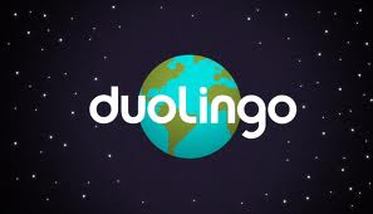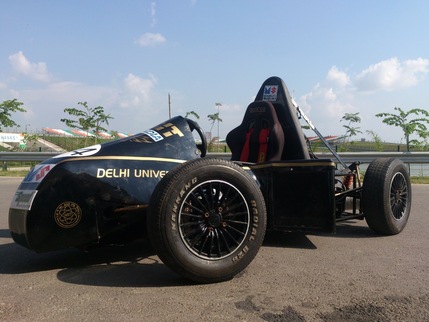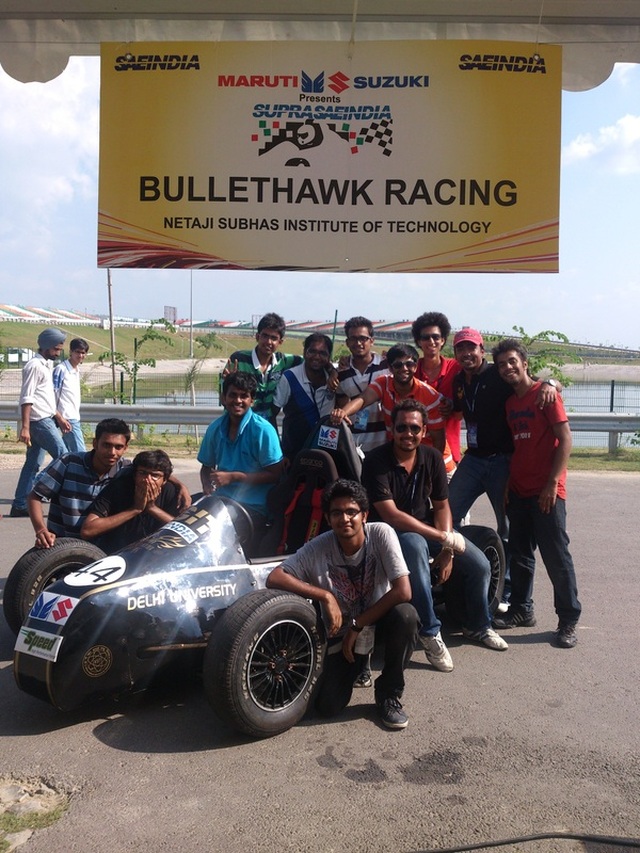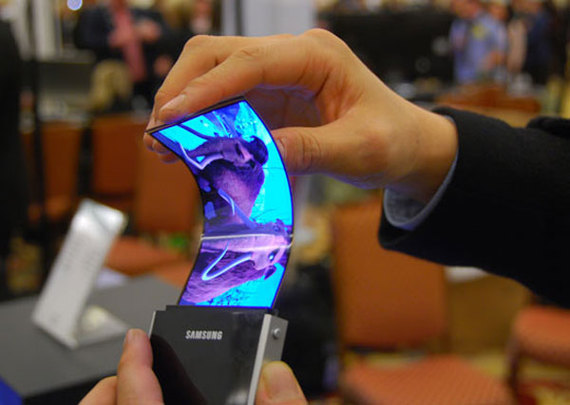How can you get 100 million people translating everything into different languages efficiently for free?
Step 1: Internet
Step 2: Duolingo
Step 3: Go to Step 2 and repeat forever
It’s unique, but that’s not all as to why it’s a hit. It’s free, but that’s not all as to why it’s booming right now. It’s available in a lot of interfaces, but that’s definitely not all as to why it’s attracting people like voodoo.
Step 1: Internet
Step 2: Duolingo
Step 3: Go to Step 2 and repeat forever
It’s unique, but that’s not all as to why it’s a hit. It’s free, but that’s not all as to why it’s booming right now. It’s available in a lot of interfaces, but that’s definitely not all as to why it’s attracting people like voodoo.
The main reason behind the success of Duolingo – it’s ingenious. Its rationale, concept, working and approach are impressive. In 2005, the then Carnegie-Mellon University PhD student, Luis von Ahn, had an idea for a fantastic game. Famed as one of the pioneers of crowd sourcing, Luis von Ahn tried to combine the computational prowess of human beings with better image searching.
Result: ESP Game; acquisition by Google; later renamed to Google Image Labeler.
In 2007, Luis von Ahn had another epiphany. He realised that people spend a lot of time typing in CAPTCHAs online and hence, decided to transform it into something bigger. (Just a heads up, Luis von Ahn was one of the founders of CAPTCHA as well. For those who don’t know, CAPTCHAs are the fuzzy, twisted words that you’re required to type in on a lot of online platforms these days to distinguish yourself from computers and prevent spamming.) He felt that the time people spent entering CAPTCHAs online did serve the purpose of preventing spamming; but the use wasn’t enough. So, it was put to use in digitising text books.
Result: reCAPTCHA, big brother of CAPTCHA; followed by its acquisition by Google, yet again.
And now the genius is back.
Enter Duolingo - his latest, marvellous, crowd sourcing, gem of an online startup.
Duolingo is a free language-learning website; for the people and by the people.
Here, it’s hard to stress upon the gravity of the phrase ‘by the people’. Duolingo is designed in such a way that while going through different language exercises, people are actually translating countless online documents into almost every major language. Started as a private beta in November 2011, Duolingo had acquired a waiting list of over 300, 000 users even before the actual website for the public domain use was launched in June, 2012. Presently, users can avail free language learning for Spanish, English, French, German, Portuguese and Italian. I, myself, am trying out my hand in German these days.
Apart from the fairly obvious desktop presence, Duolingo is available on Apple’s iOS, with an Android version on its way.
“I wanna play a game”
The ‘Game’ approach to make this concept even more tempting comes from the actual working of the website. While trying a language exercise, the user attains a “learned” status after completing a set of questions related to a particular skill, and a “mastered” status in the skill after he or she has translated real world texts based on that skill. For each set of exercises, the user gets three or four lives, losing one for each wrongly answered question and increasing the final “skill points” for all lives saved by answering them correctly. As and when people increase their skills with the new language, the exercises become tougher and closer to the real world, thus, depicting the obvious reason for one to play this game.
“Yeah Duolingo, don’t worry. I’ve got your back”, says Science.
To put a cherry on top, and to put the cynic’s mind at ease as well, the methodology behind Duolingo is scientifically proven. A scientific study conducted by two PhD holders, Roumen Vesselinov and John Grego, over eight weeks of a university semester, has proven that Duolingo matches university level learning.
Not convinced? Here are some numbers:
According to the study, 34 hours of practicing on Duolingo equals 1 university semester (approximately 11 weeks)
That means, on some levels, Duolingo actually trumps university education. And these ‘levels’ are some of the most important ones. Time and Money – you save both using Duolingo.
Perhaps the heart of Duolingo couldn’t be better surmised in its simple yet effective slogan,
“With Duolingo you learn a language for free while helping to translate the web”
Killing two birds with one stone? Nailed it.
Yugal Raj Jain
Columnist
Result: ESP Game; acquisition by Google; later renamed to Google Image Labeler.
In 2007, Luis von Ahn had another epiphany. He realised that people spend a lot of time typing in CAPTCHAs online and hence, decided to transform it into something bigger. (Just a heads up, Luis von Ahn was one of the founders of CAPTCHA as well. For those who don’t know, CAPTCHAs are the fuzzy, twisted words that you’re required to type in on a lot of online platforms these days to distinguish yourself from computers and prevent spamming.) He felt that the time people spent entering CAPTCHAs online did serve the purpose of preventing spamming; but the use wasn’t enough. So, it was put to use in digitising text books.
Result: reCAPTCHA, big brother of CAPTCHA; followed by its acquisition by Google, yet again.
And now the genius is back.
Enter Duolingo - his latest, marvellous, crowd sourcing, gem of an online startup.
Duolingo is a free language-learning website; for the people and by the people.
Here, it’s hard to stress upon the gravity of the phrase ‘by the people’. Duolingo is designed in such a way that while going through different language exercises, people are actually translating countless online documents into almost every major language. Started as a private beta in November 2011, Duolingo had acquired a waiting list of over 300, 000 users even before the actual website for the public domain use was launched in June, 2012. Presently, users can avail free language learning for Spanish, English, French, German, Portuguese and Italian. I, myself, am trying out my hand in German these days.
Apart from the fairly obvious desktop presence, Duolingo is available on Apple’s iOS, with an Android version on its way.
“I wanna play a game”
The ‘Game’ approach to make this concept even more tempting comes from the actual working of the website. While trying a language exercise, the user attains a “learned” status after completing a set of questions related to a particular skill, and a “mastered” status in the skill after he or she has translated real world texts based on that skill. For each set of exercises, the user gets three or four lives, losing one for each wrongly answered question and increasing the final “skill points” for all lives saved by answering them correctly. As and when people increase their skills with the new language, the exercises become tougher and closer to the real world, thus, depicting the obvious reason for one to play this game.
“Yeah Duolingo, don’t worry. I’ve got your back”, says Science.
To put a cherry on top, and to put the cynic’s mind at ease as well, the methodology behind Duolingo is scientifically proven. A scientific study conducted by two PhD holders, Roumen Vesselinov and John Grego, over eight weeks of a university semester, has proven that Duolingo matches university level learning.
Not convinced? Here are some numbers:
According to the study, 34 hours of practicing on Duolingo equals 1 university semester (approximately 11 weeks)
That means, on some levels, Duolingo actually trumps university education. And these ‘levels’ are some of the most important ones. Time and Money – you save both using Duolingo.
Perhaps the heart of Duolingo couldn’t be better surmised in its simple yet effective slogan,
“With Duolingo you learn a language for free while helping to translate the web”
Killing two birds with one stone? Nailed it.
Yugal Raj Jain
Columnist





 RSS Feed
RSS Feed